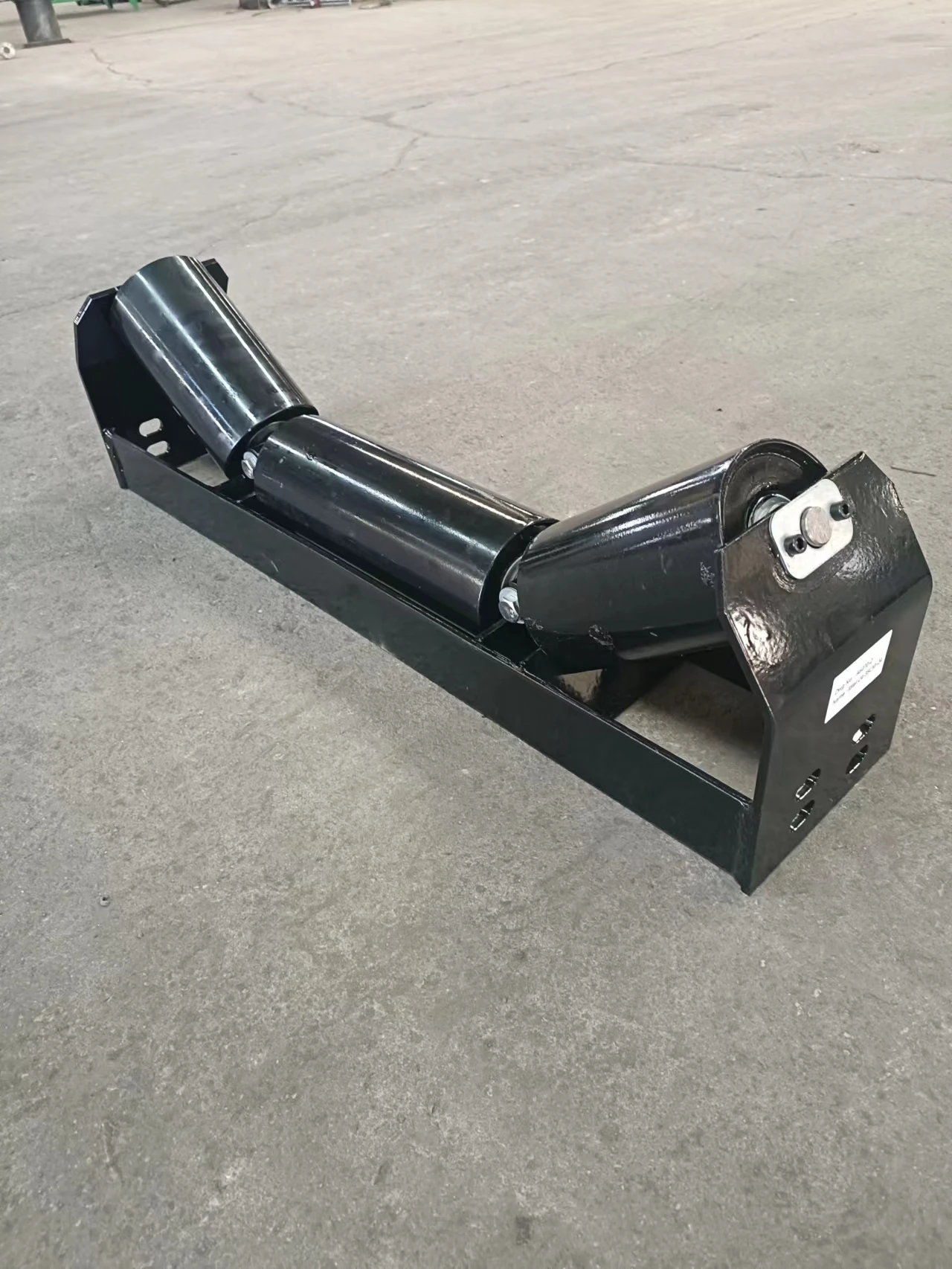 Afrikaans
Afrikaans  Albanian
Albanian  Amharic
Amharic  Arabic
Arabic  Armenian
Armenian  Azerbaijani
Azerbaijani  Basque
Basque  Belarusian
Belarusian  Bengali
Bengali  Bosnian
Bosnian  Bulgarian
Bulgarian  Catalan
Catalan  Cebuano
Cebuano  Corsican
Corsican  Croatian
Croatian  Czech
Czech  Danish
Danish  Dutch
Dutch  English
English  Esperanto
Esperanto  Estonian
Estonian  Finnish
Finnish  French
French  Frisian
Frisian  Galician
Galician  Georgian
Georgian  German
German  Greek
Greek  Gujarati
Gujarati  Haitian Creole
Haitian Creole  hausa
hausa  hawaiian
hawaiian  Hebrew
Hebrew  Hindi
Hindi  Miao
Miao  Hungarian
Hungarian  Icelandic
Icelandic  igbo
igbo  Indonesian
Indonesian  irish
irish  Italian
Italian  Japanese
Japanese  Javanese
Javanese  Kannada
Kannada  kazakh
kazakh  Khmer
Khmer  Rwandese
Rwandese  Korean
Korean  Kurdish
Kurdish  Kyrgyz
Kyrgyz  Lao
Lao  Latin
Latin  Latvian
Latvian  Lithuanian
Lithuanian  Luxembourgish
Luxembourgish  Macedonian
Macedonian  Malgashi
Malgashi  Malay
Malay  Malayalam
Malayalam  Maltese
Maltese  Maori
Maori  Marathi
Marathi  Mongolian
Mongolian  Myanmar
Myanmar  Nepali
Nepali  Norwegian
Norwegian  Norwegian
Norwegian  Occitan
Occitan  Pashto
Pashto  Persian
Persian  Polish
Polish  Portuguese
Portuguese  Punjabi
Punjabi  Romanian
Romanian  Russian
Russian  Samoan
Samoan  Scottish Gaelic
Scottish Gaelic  Serbian
Serbian  Sesotho
Sesotho  Shona
Shona  Sindhi
Sindhi  Sinhala
Sinhala  Slovak
Slovak  Slovenian
Slovenian  Somali
Somali  Spanish
Spanish  Sundanese
Sundanese  Swahili
Swahili  Swedish
Swedish  Tagalog
Tagalog  Tajik
Tajik  Tamil
Tamil  Tatar
Tatar  Telugu
Telugu  Thai
Thai  Turkish
Turkish  Turkmen
Turkmen  Ukrainian
Ukrainian  Urdu
Urdu  Uighur
Uighur  Uzbek
Uzbek  Vietnamese
Vietnamese  Welsh
Welsh  Bantu
Bantu  Yiddish
Yiddish  Yoruba
Yoruba  Zulu
Zulu take up pulley in belt conveyor
Understanding the Take-Up Pulley in Belt Conveyors
Belt conveyors are an integral part of many industrial processes, providing a reliable method for transporting materials within various settings. One crucial component of these systems is the take-up pulley. Understanding the role and significance of the take-up pulley can enhance the efficiency and longevity of belt conveyor operations.
Understanding the Take-Up Pulley in Belt Conveyors
In addition to maintaining tension, the take-up pulley also plays a critical role in compensating for belt stretch and wear. Over time, conveyor belts can stretch due to the weight of the materials being transported and continuous use. This stretching can result in reduced tension and potential misalignment. The take-up mechanism allows operators to adjust the position of the pulley, effectively resetting the tension in the belt to accommodate changes due to wear and environmental conditions.
take up pulley in belt conveyor

The design of the take-up pulley varies based on the specific application and type of conveyor system. There are two primary types of take-up arrangements fixed and adjustable. Fixed take-up systems have a set position, while adjustable systems allow for easy repositioning to correct tension as needed. These systems can be manual or automatic, with automatic systems providing the added benefit of continuous monitoring and adjustment without the need for operator intervention.
Proper maintenance of the take-up pulley is crucial for the overall health of the conveyor system. Regular inspections should be conducted to check for any signs of wear, misalignment, or damage. Ensuring that the bearings are well-lubricated and that the pulley is aligned correctly will help prevent premature failure and extend the lifespan of the equipment. Operators should also be familiar with the specific tensioning methods and adjustments recommended by the manufacturer to maintain optimal performance.
In conclusion, the take-up pulley is a vital component of belt conveyor systems. Its primary functions of maintaining belt tension and compensating for wear are essential for operational efficiency. By understanding its importance and ensuring proper maintenance, operators can significantly enhance the performance and reliability of their belt conveyor systems. As industries continue to rely on automated systems for material handling, the role of the take-up pulley will remain pivotal in ensuring seamless operations and minimizing downtime.
-
Revolutionizing Conveyor Reliability with Advanced Rubber Lagging PulleysNewsJul.22,2025
-
Powering Precision and Durability with Expert Manufacturers of Conveyor ComponentsNewsJul.22,2025
-
Optimizing Conveyor Systems with Advanced Conveyor AccessoriesNewsJul.22,2025
-
Maximize Conveyor Efficiency with Quality Conveyor Idler PulleysNewsJul.22,2025
-
Future-Proof Your Conveyor System with High-Performance Polyurethane RollerNewsJul.22,2025
-
Driving Efficiency Forward with Quality Idlers and RollersNewsJul.22,2025





























